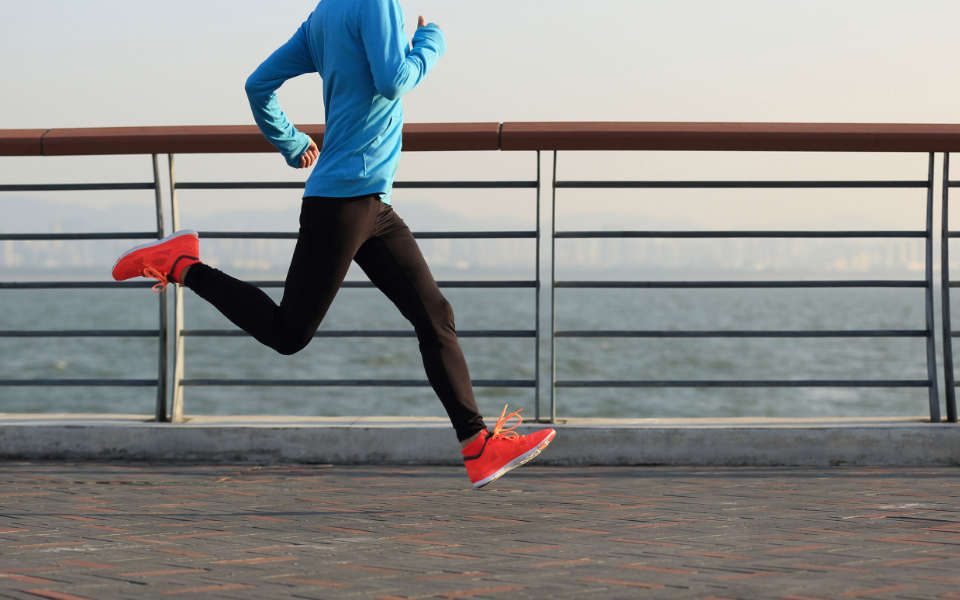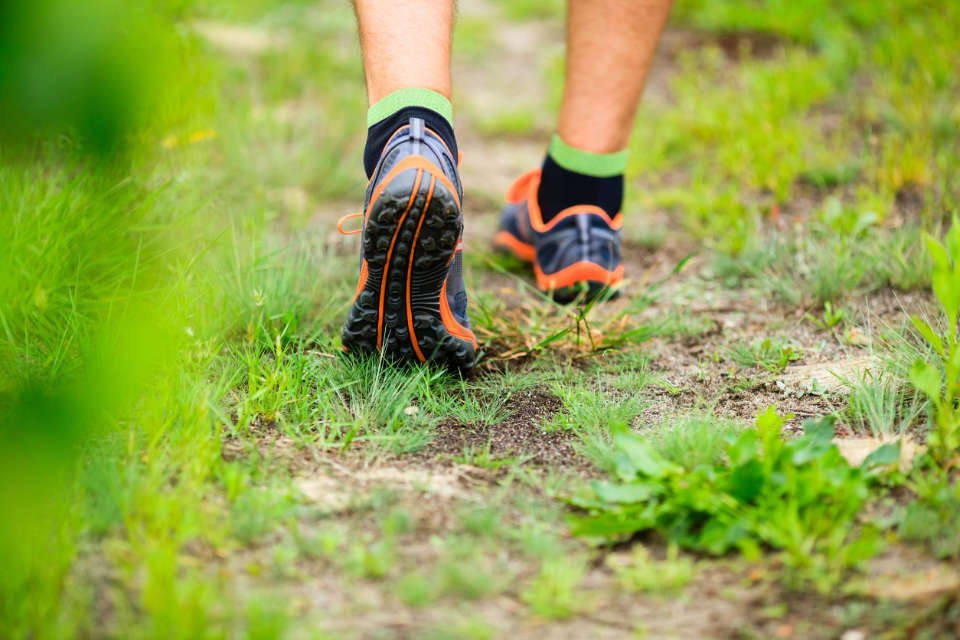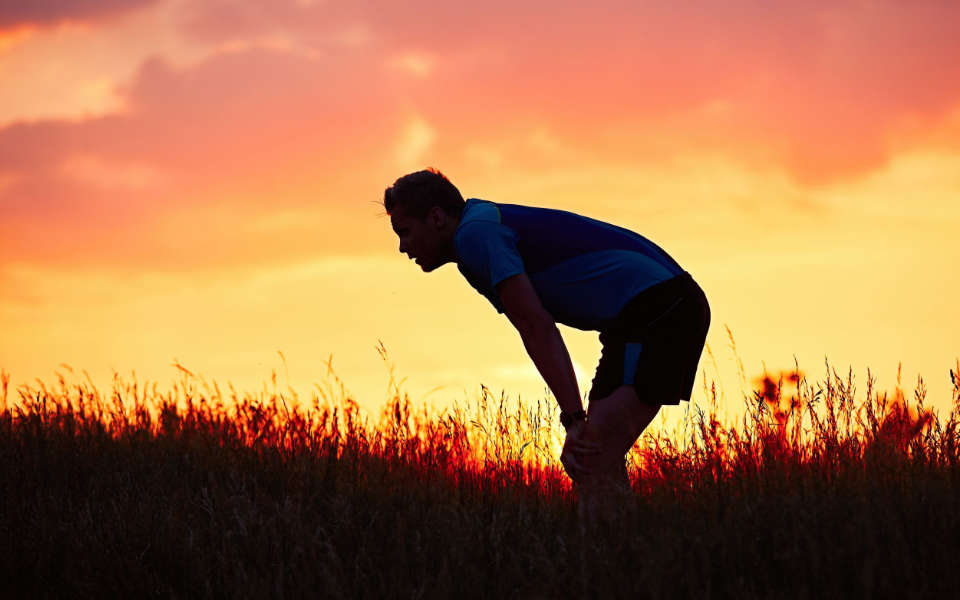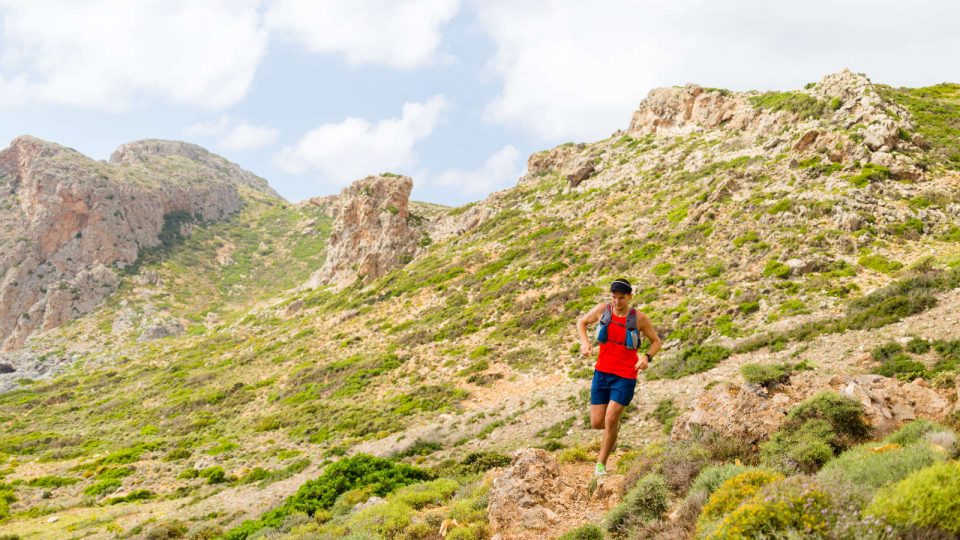People who know me can attest to the fact that my life is all about routine. I work, have fun, run and show up when needed if a charity or organisation needs volunteers. But when I began to follow the career of 64-year-old Singapore ultra-runner Lim Nghee Huat—who never met a charity he couldn’t support with his energy, drive, and stamina—I couldn’t get him out of my mind.
Friends started teasing me about my fascination with this man and his ability to go to extremes while exhibiting such selflessness. “Why don’t you stop talking about him and pay tribute to him by running that ultra you keep talking about?” my girlfriend said.
“I’m not sure my feet can deal with an ultra,” I whined. “They’re sensitive.”
“Then focus as much on taking care of them as you do on your training,” she advised. Based on her logic, I figured I could kill two birds with one stone. Fortunately, my feet fared as well as my resolve!
I do my homework
Foot doctor Dave Hannaford’s writings include statistics that nearly sidelined me as I started preparing for my first ultra. Hannaford writes that normal walking requires the feet to absorb “two to three times one’s body weight,” a daunting number, given the fact that I’m no lightweight.
But here’s the statistic that stopped me in my tracks: extreme runners land on each foot around 5,000 times over the course of a single hour. It’s anybody’s guess why the feet of ultra runners don’t simply refuse to move as a protest!
Fortunately, feet are designed to sustain footfalls; they disburse all of that weight, thus athletes accomplish amazing feats with their feet, while avoiding injuries, as a matter of course. Since every ultra runner’s gait and stride differs from person to person, Doctor Dave says it’s incumbent upon extreme runners to build a high tolerance for pain.
Was I ready for this? I asked myself. Lim Nghee Huat floated through my brain and said, “Yes” on my behalf.

My feet and I adopt a proper training routine
I had to kiss my regular conditioning routines goodbye because, says “Fitness Intuition” author George Beinhorn, it’s important to up the ante when prepping for extreme events. He recommends running at least one 30-mile distance every week.
How did my feet feel during the first week of this grueling routine? Horrific. But Beinhorn’s statement, that regular marathon-distance runs are “just another afternoon of training,” became my mantra. After all, my body was making metabolic changes in addition to the beating my feet were taking.
Further, I learned the importance of paying attention to what I have since come to call the three evil faces of ultra running: glycogen depletion, joint pain, and soreness in knees, hips and feet. And there would be nobody to blame but me if I ignore early signs of rubbing that likely indicate the formation of blisters.
I went to a pharmacist and he recommended patches that attach to my shoes where I’ve already got callouses. These substituted for the salves and tapes I usually keep in my kit.

I haven’t forgotten the rest of my body (to the dismay of my feet)
While spending an inordinate amount of time attending to my feet, I wanted to be sure I didn’t ignore the rest of my bod, so I became a quasi-expert on the topic of hydration and electrolytes. These two topics are especially critical when undertaking extreme events, so I began asking other ultra runners for advice.
Most of them agreed that it pays to become obsessive about drinking liquids, but equally as important is learning to recognise when it’s imperative to slow down and walk rather than run. During my weekly 30-mile runs, I learned to recognise my body’s need to change pace.
Additionally, I adopted the philosophy of another extreme competition veteran and turned my food intake into a quasi-gourmet experience. “You are going to get to a point during your event that just the thought of food makes you feel ill,” she assured me.
“Now is the time to abandon those gels and chews and get some real food into your mouth.” She recommended soup, peanut butter and bananas, reminding me that the best time to chow down is when I slow down because the body won’t absorb nutrition if my heart rate is above 160. Who knew?

My feet and I survive our ultra
Truth be told, I complained all the way from start to finish, and while I did my best to keep a positive attitude, that proved to be the hardest part. All I wanted to do was whine, moan and quit, but despite my lousy perpetual mood, I never forgot to baby my feet by changing socks and making sure I addressed rubs immediately. My friends were on hand to cheer me on, but I was in no mood to be civil so I just grunted at them.
While my feet and I managed to finish, I couldn’t believe how much I suffered. I thought about crying a few times, but I swear, every time those tears welled up in my eyes, the face of You-Know-Who floated before me. “How are your feet feeling?” he asked. I was in too much pain to speak. I swear, he looked just like Buddha when he nodded his head wisely and congratulated me.

Do you suffer from sensitive feet that are prone to injury? What advice would you offer to runners who also have sensitive feet?
Brandon Tan doesn’t talk to apparitions as a rule because he holds a senior position with an energy company and his bosses wouldn’t understand. That stated, he isn’t sure he’ll put himself through another ultra—unless, of course, Lim Nghee Huat shows up in his head and insists!
The article is contributed by members of the community. All stories are based on real life personal experiences or actual events encountered by the authors and related parties. Some names and identifying details have been changed to protect the privacy of individuals.
Editing by RunSociety
[su_divider top=”no” style=”dashed” divider_color=”#e9e9e9″ size=”2″ margin=”30″]Firsthand is RunSociety’s home for inspirational, provocative narrative articles. Do you have a story to share? Read our submission guidelines, and pitch us at hello@runsociety.com.





